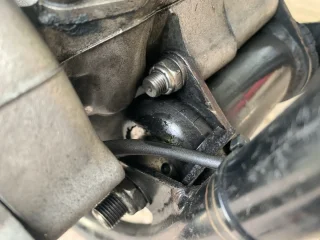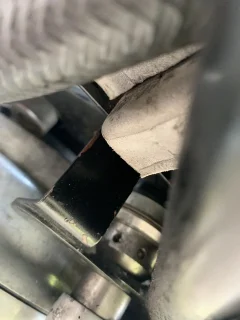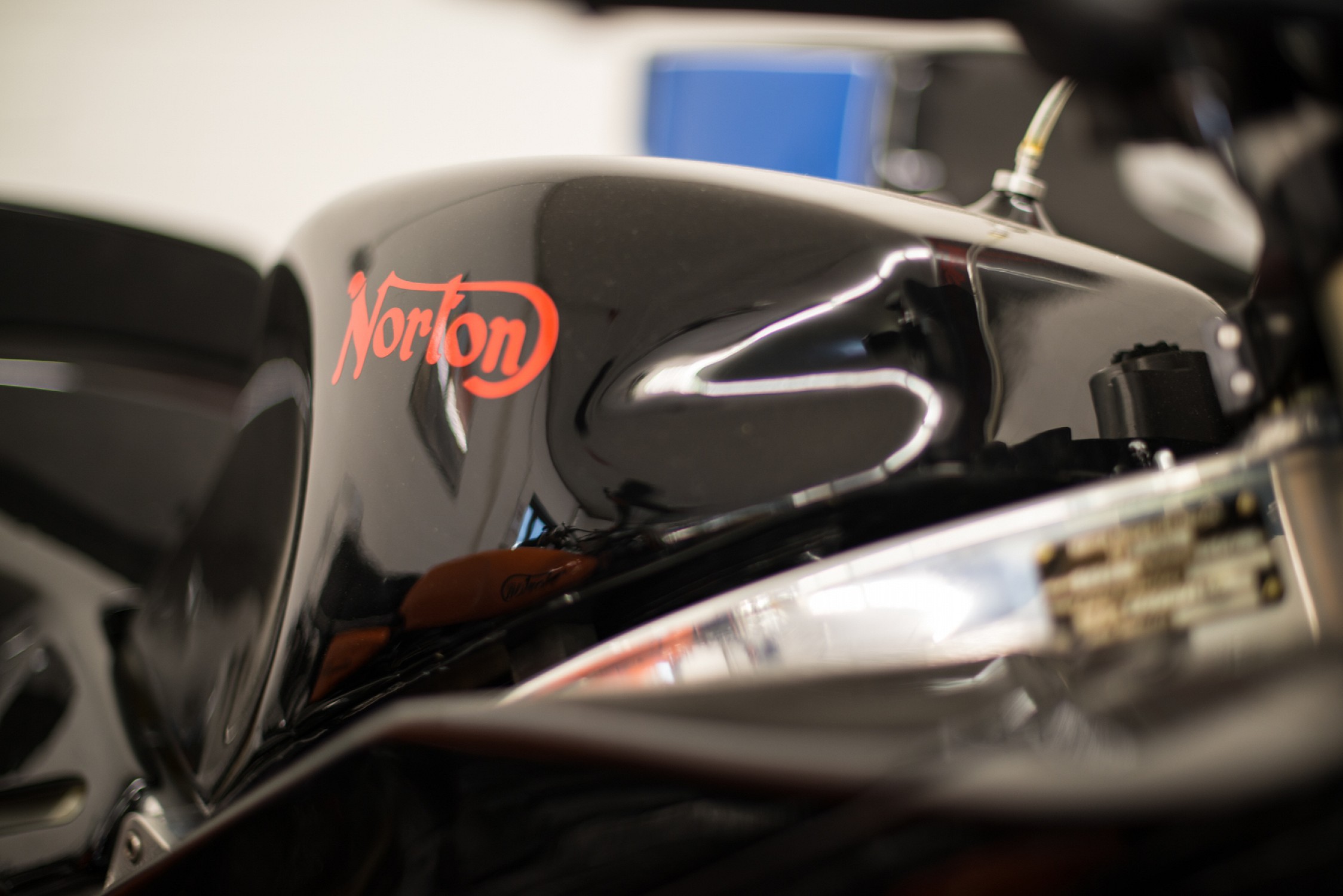Kane
VIP MEMBER
- Joined
- Jul 11, 2023
- Messages
- 41
Thank you, guys.
L.A.B., as you mentioned, the holes are not tapped.
While the tile for the bike shows it as 1974 model, the engine and frame number is 306273, which shows as a 1973 Mk.1. I guess I should consider it a 1973 Mk. I, contrary to what the tile shows. I posted about this in more detail on another thread.
What does ”vernier” mean for these isolastics? Does it have to do with how to measure for adjustment/tuning? And is that what the Mk. III system is known as? Sorry to be dense about this!
L.A.B., as you mentioned, the holes are not tapped.
While the tile for the bike shows it as 1974 model, the engine and frame number is 306273, which shows as a 1973 Mk.1. I guess I should consider it a 1973 Mk. I, contrary to what the tile shows. I posted about this in more detail on another thread.
What does ”vernier” mean for these isolastics? Does it have to do with how to measure for adjustment/tuning? And is that what the Mk. III system is known as? Sorry to be dense about this!
Last edited:




